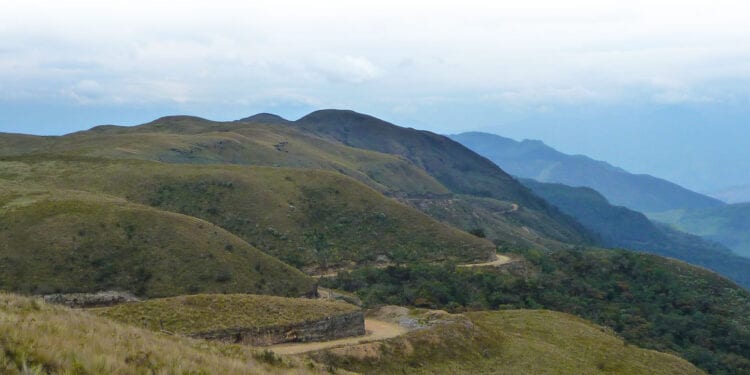Acquires Prospective Canyon Creek Copper Project
Candente Copper Corp. (TSX:DNT) has entered into an option agreement to acquire up to 100% interest in the Canyon Creek copper project in northwestern British Columbia (B.C.), Canada.
B.C. hosts 13 districts of copper-rich deposits in the production and development stage within two major zones (Quesnel and Coastal/Stikine volcanic-plutonic arc – terranes).
The most prominent deposits are the Red Chris, Galore Creek, Schaft Creek, Kemess North, Mount Milligan in the north; and Highland Valley and Copper Mountain in the south. Many of these deposits produce both copper and gold.
The Canyon Creek property is located in the northwestern end of the Quesnelia Zone (Terrane) approximately 160 km from the Red Chris Mine, 15 km from a main highway and 60 km from the town of Dease Lake.
The property comprises 24 square kilometres covering a discrete bullseye copper-molybdenum-silver anomaly delineated by regional stream sediment survey. It also covers large areas with anomalous levels of molybdenum (Mo) and copper (Cu) in soils extending over five km by two km and is open. Mo ranges from 10 to 270 parts per million (ppm) and Cu ranges from 40 to 780 ppm.
Prospecting has identified two separate zones of Cu and Mo mineralisation, in outcrops of quartz veining and stockwork zones containing chalcopyrite (copper sulphide) and molybdenite (molybdenum sulphide). These two areas cover 800m by 300m and 400m by 400m, respectively. Mineralisation, found on surface to date, grades up to 1.56% Cu; up to 0.1% Mo and up to 17.6 grams per tonne (g/t) silver (Ag).
Over C$1 million has been spent at Canyon Creek by previous explorers dating back as far as 1971 when Dolmage Campbell/UMEX conducted IP and ground Magnetics and apparently drilled four holes, although this has not been verified.
Since then, Cassiar Asbestos Corp. (1971), Noranda (1978), Paget Resources (2008) and Sirius Resources (2012) have conducted stream sediment and soil sampling; geological mapping, prospecting and rock chip sampling; airborne Fugro MAG (1317 line km); ZTEM (200 line km). There is no evidence that any of these groups conducted any drilling.












